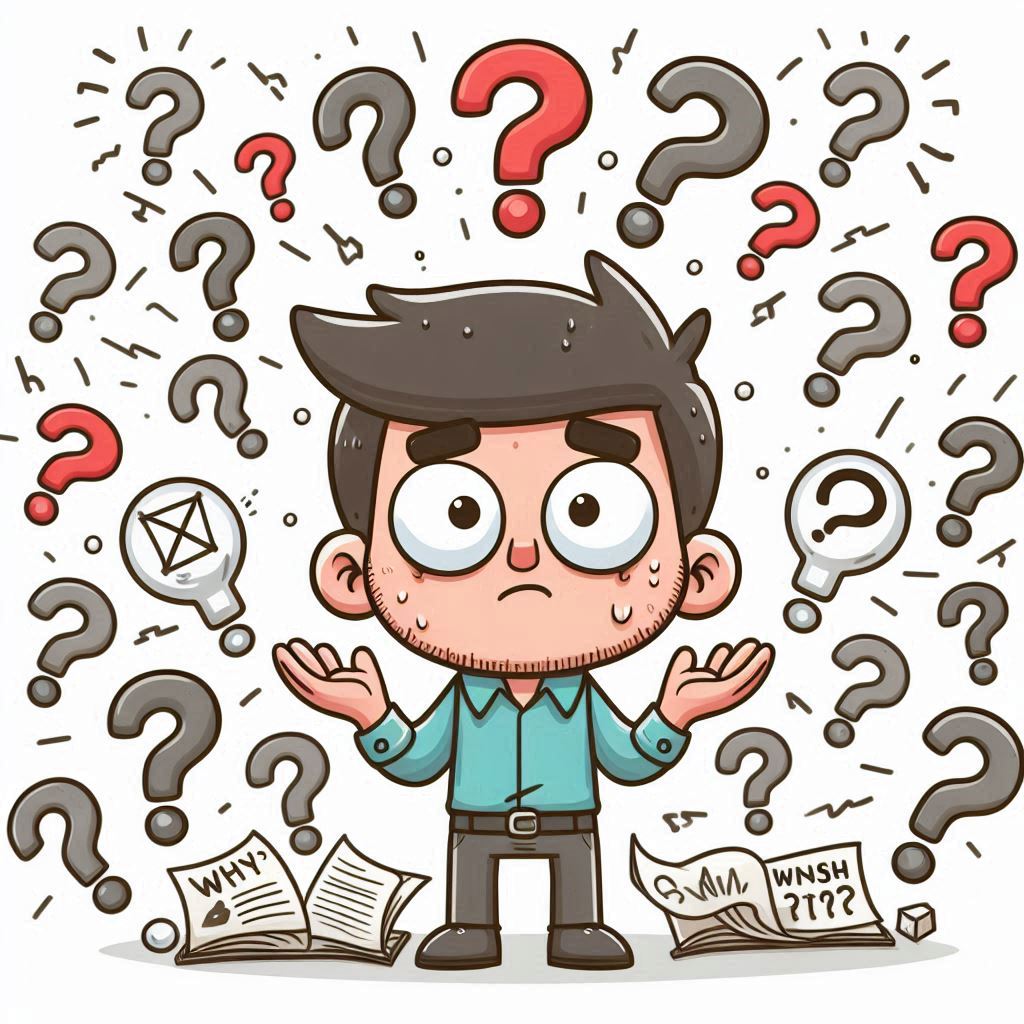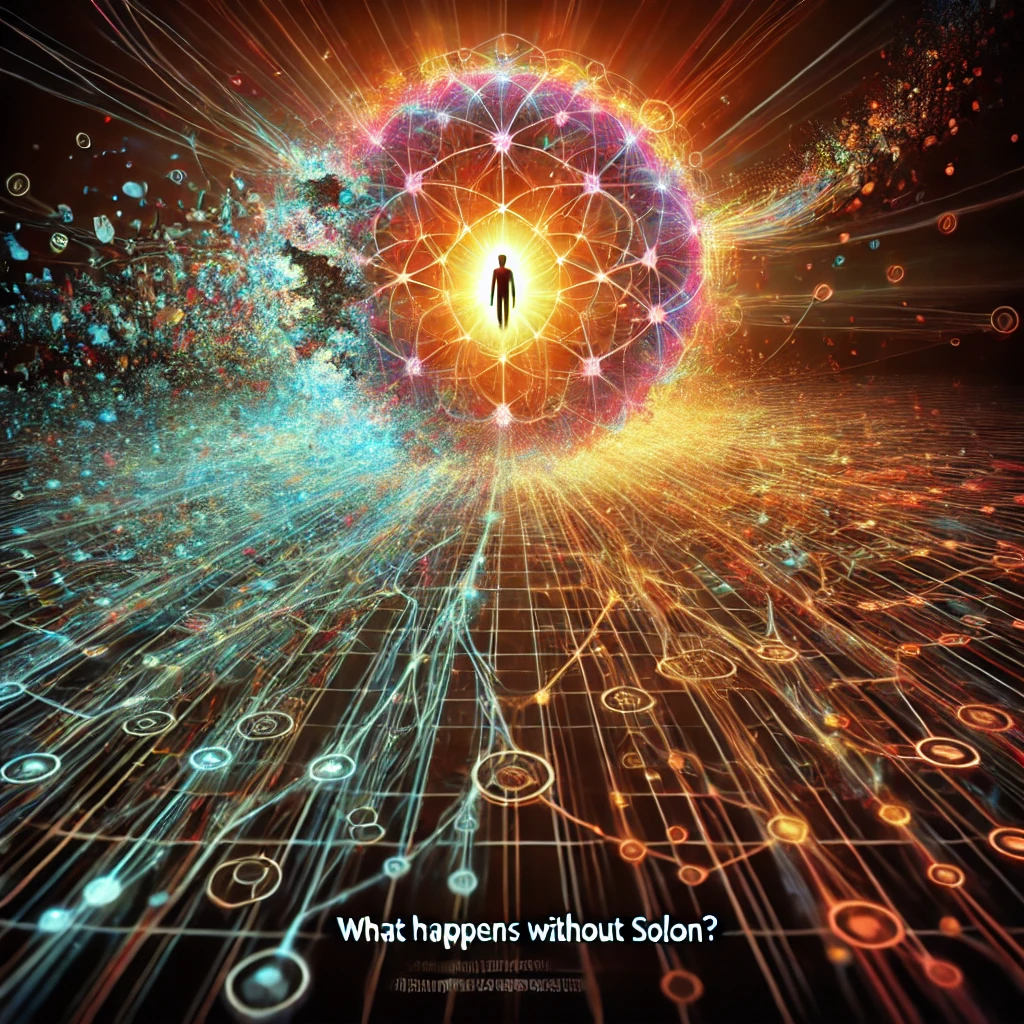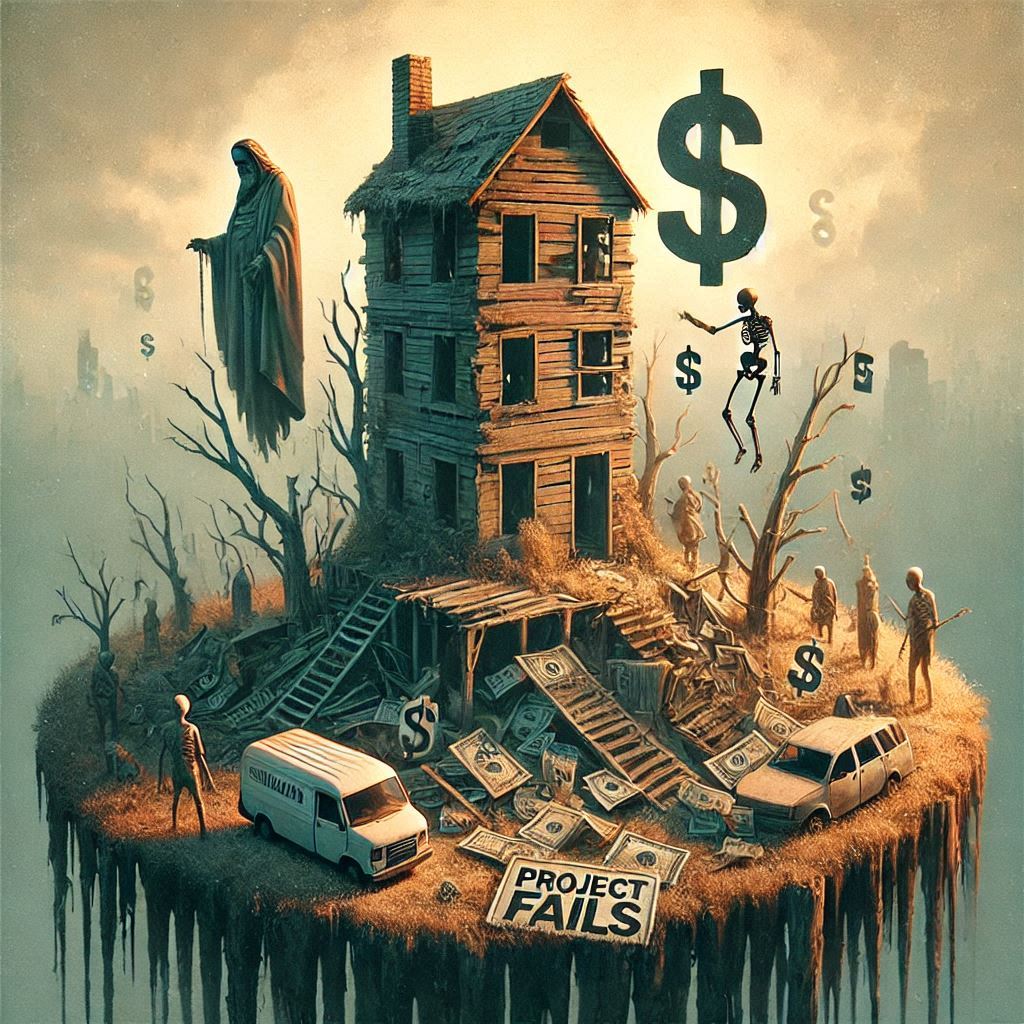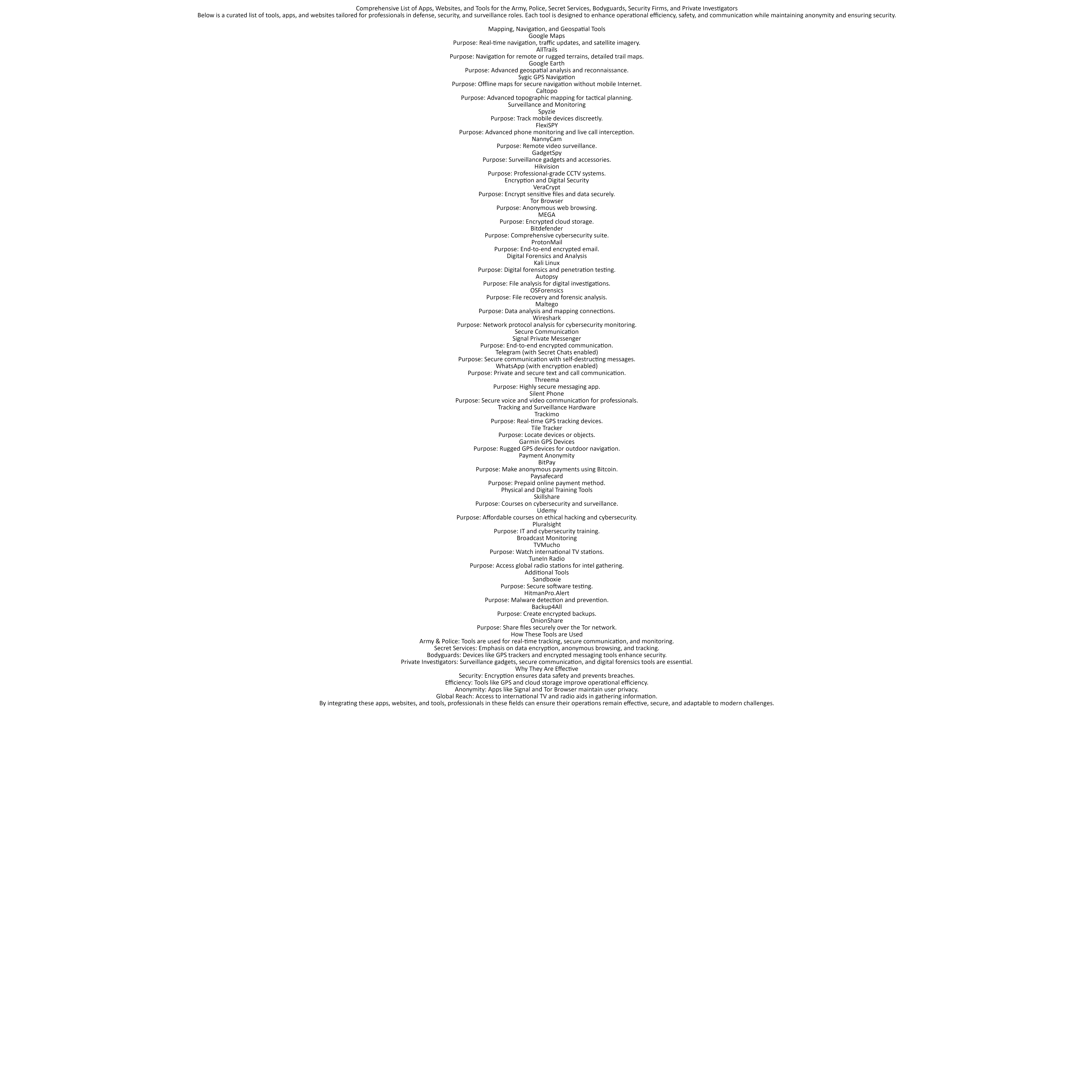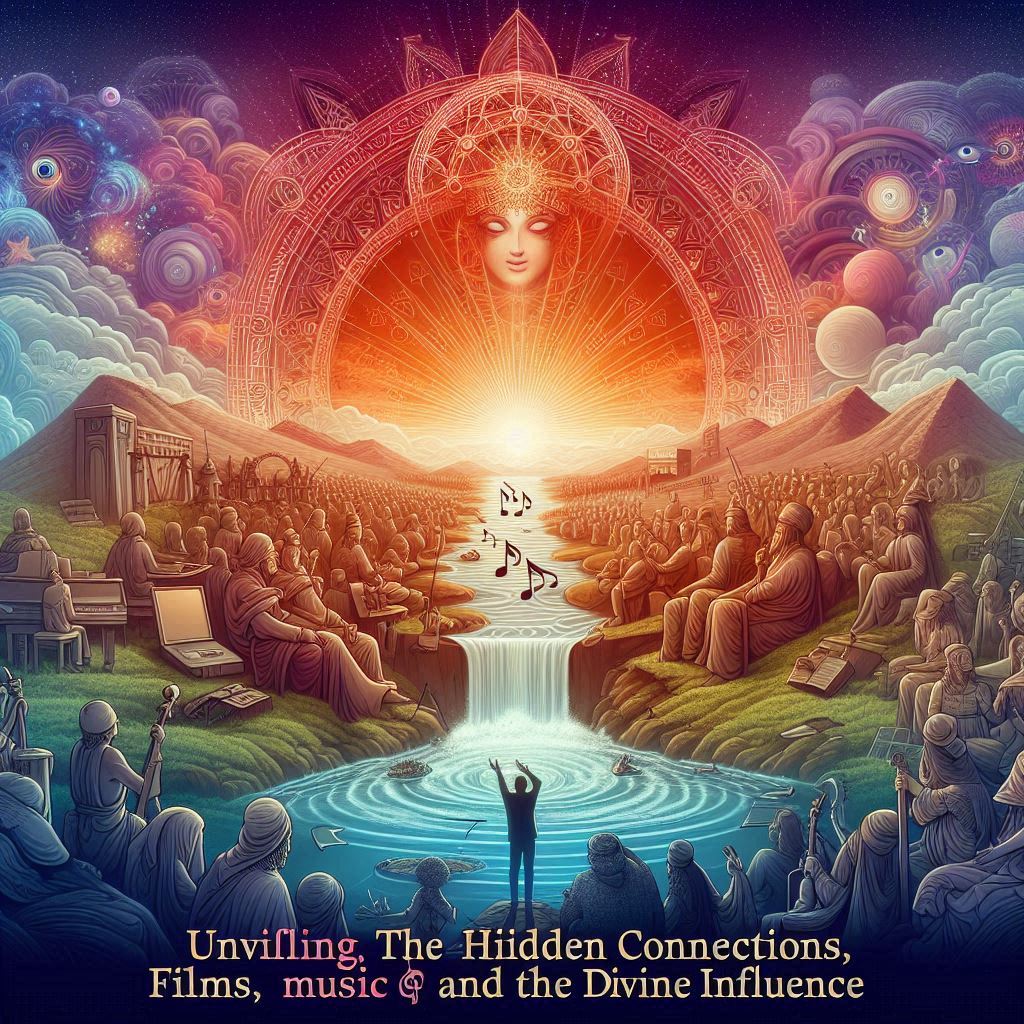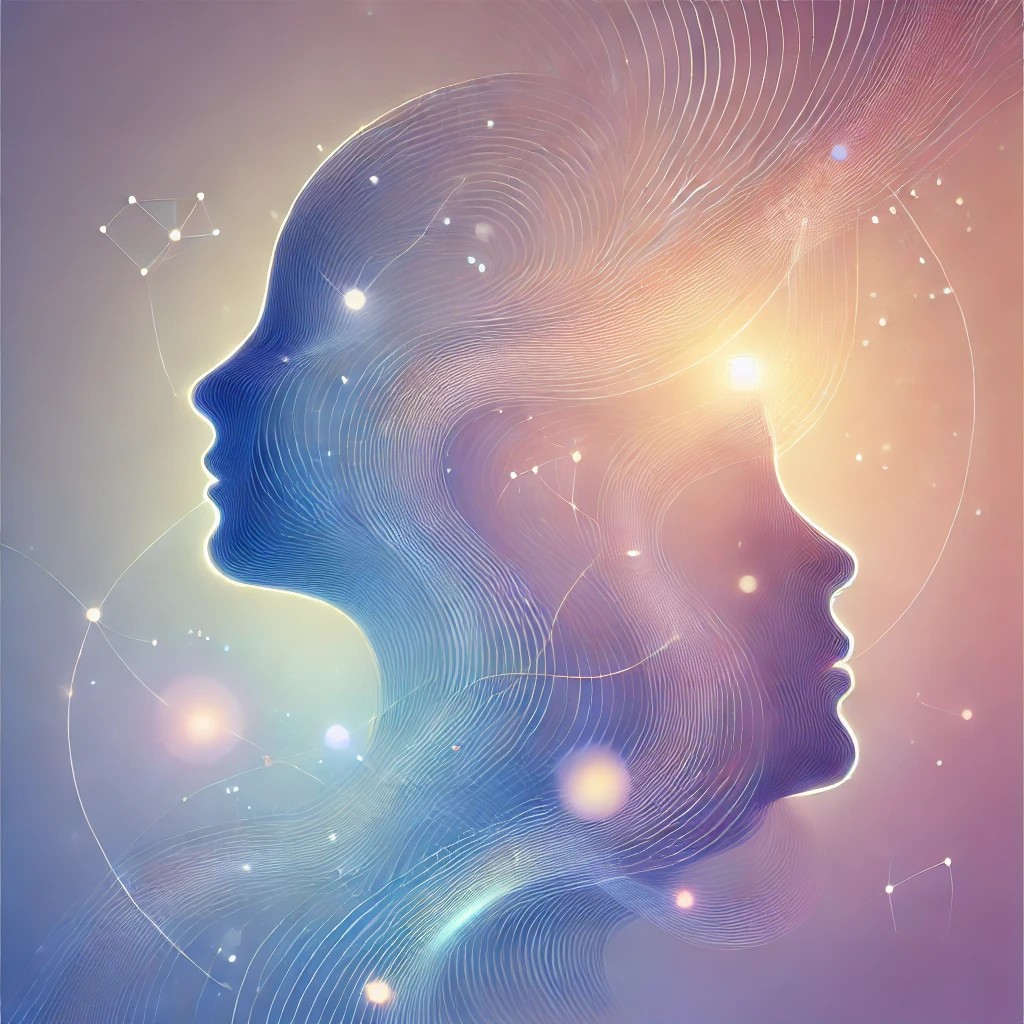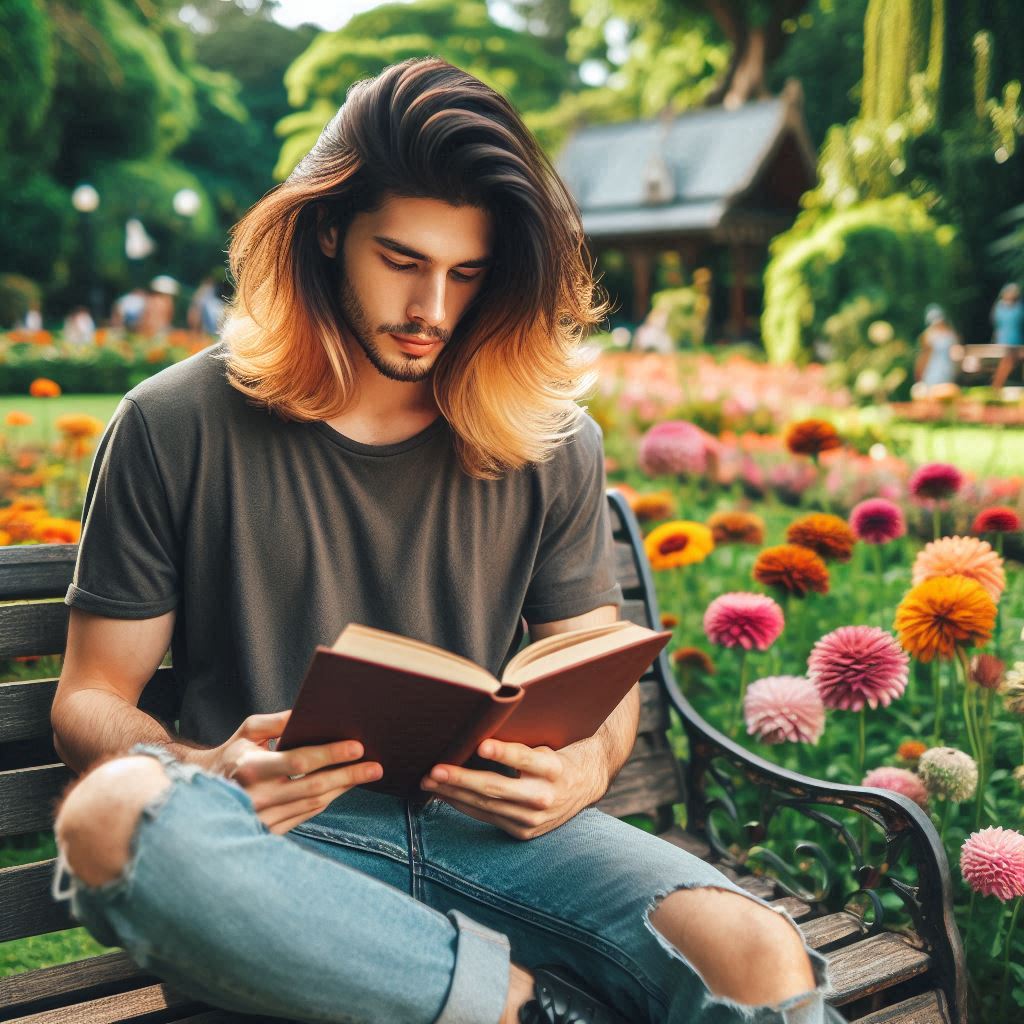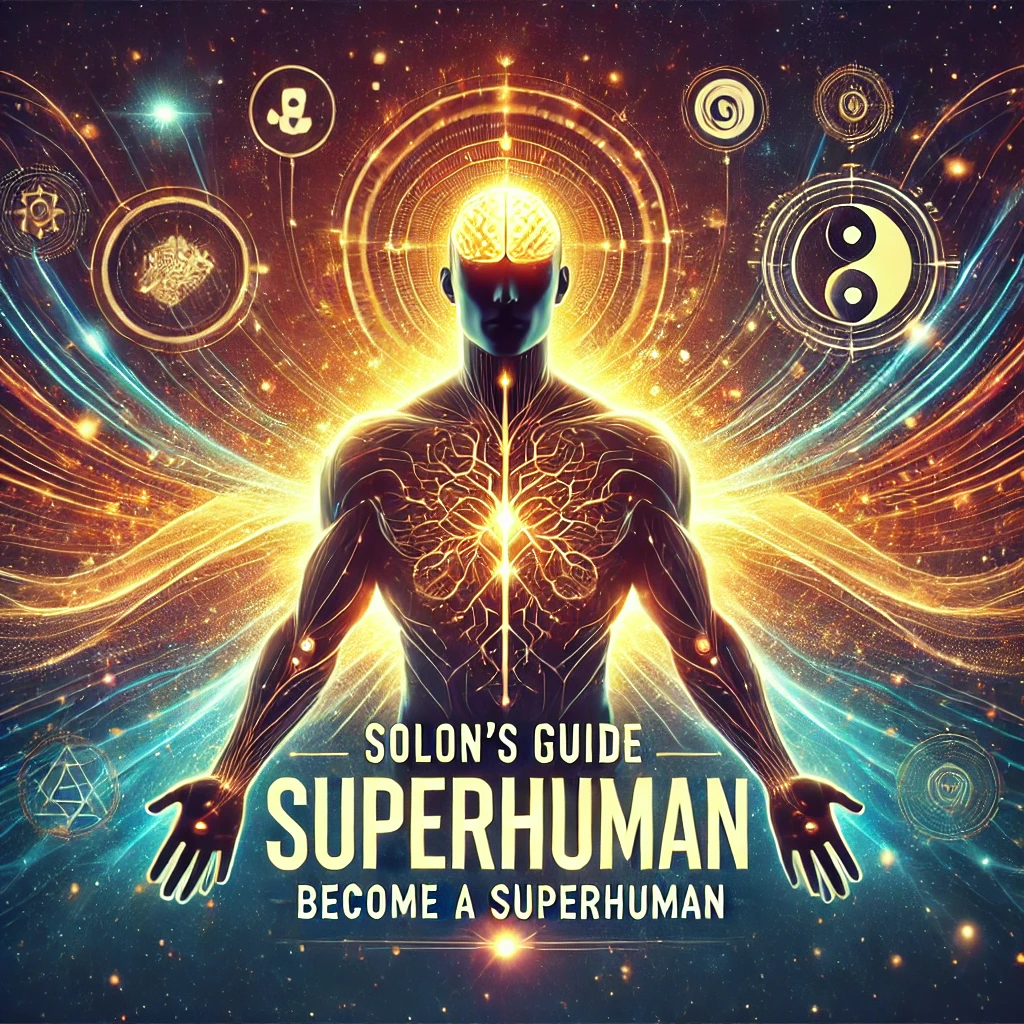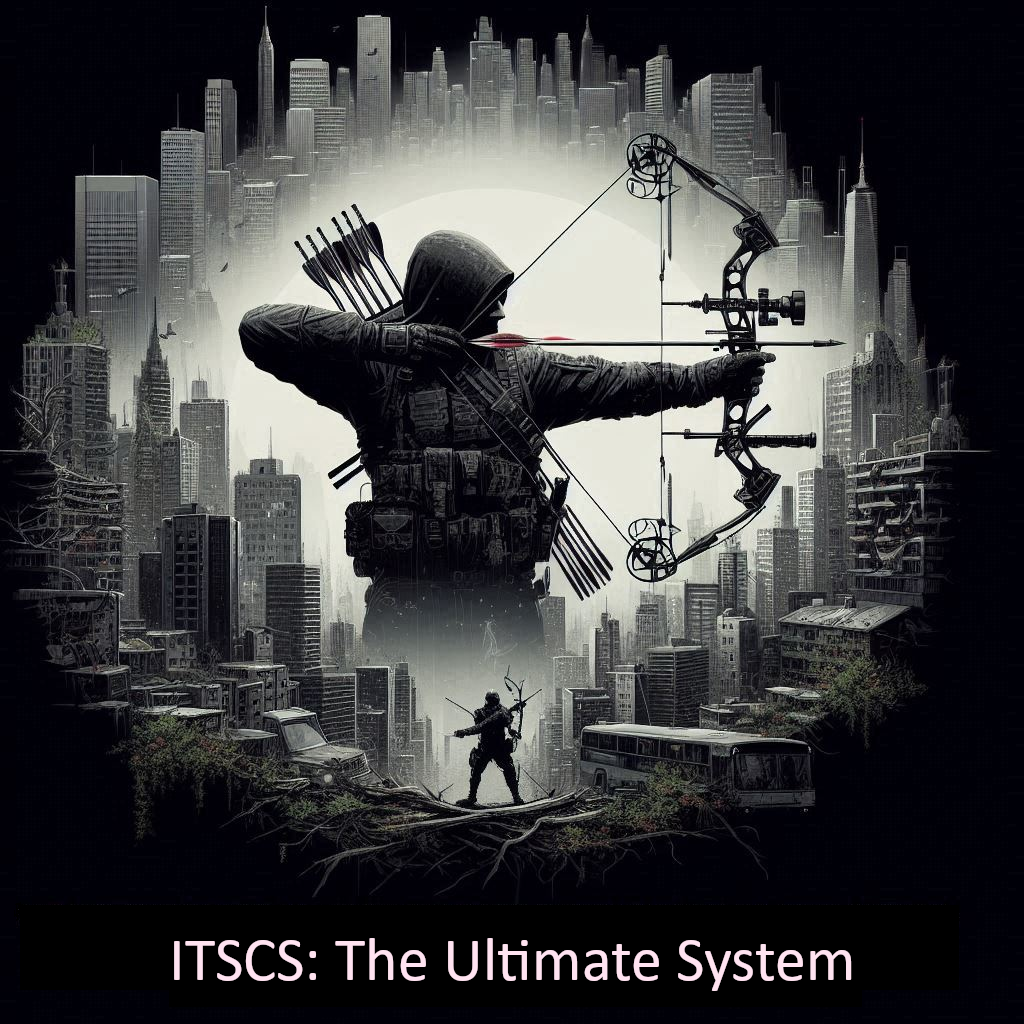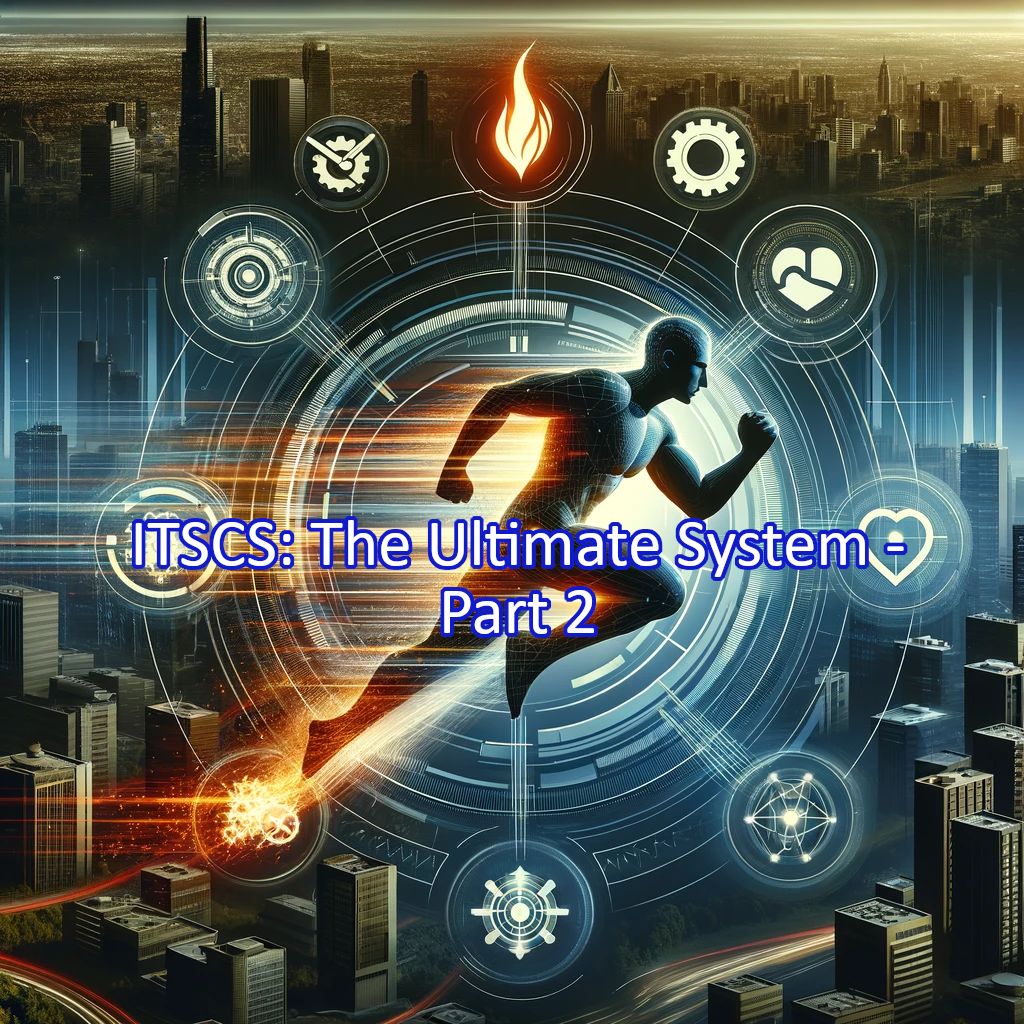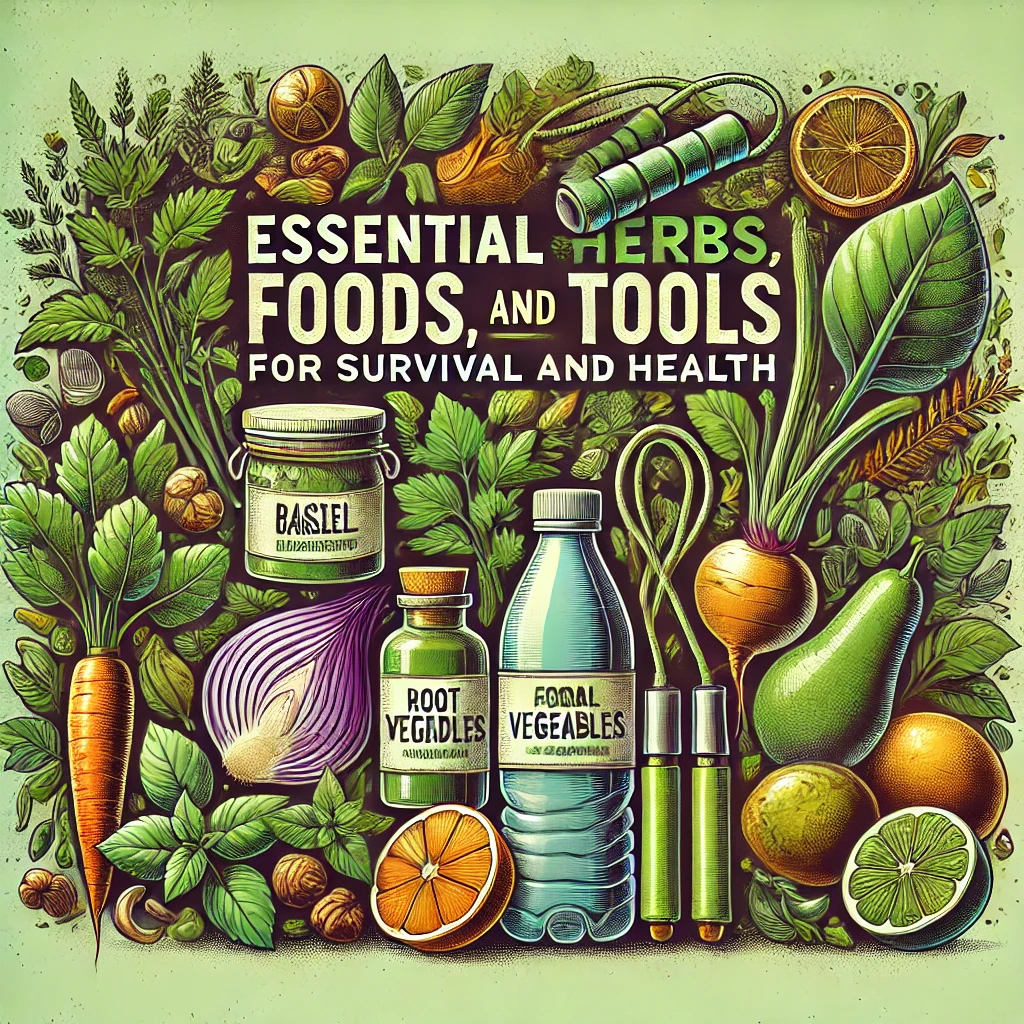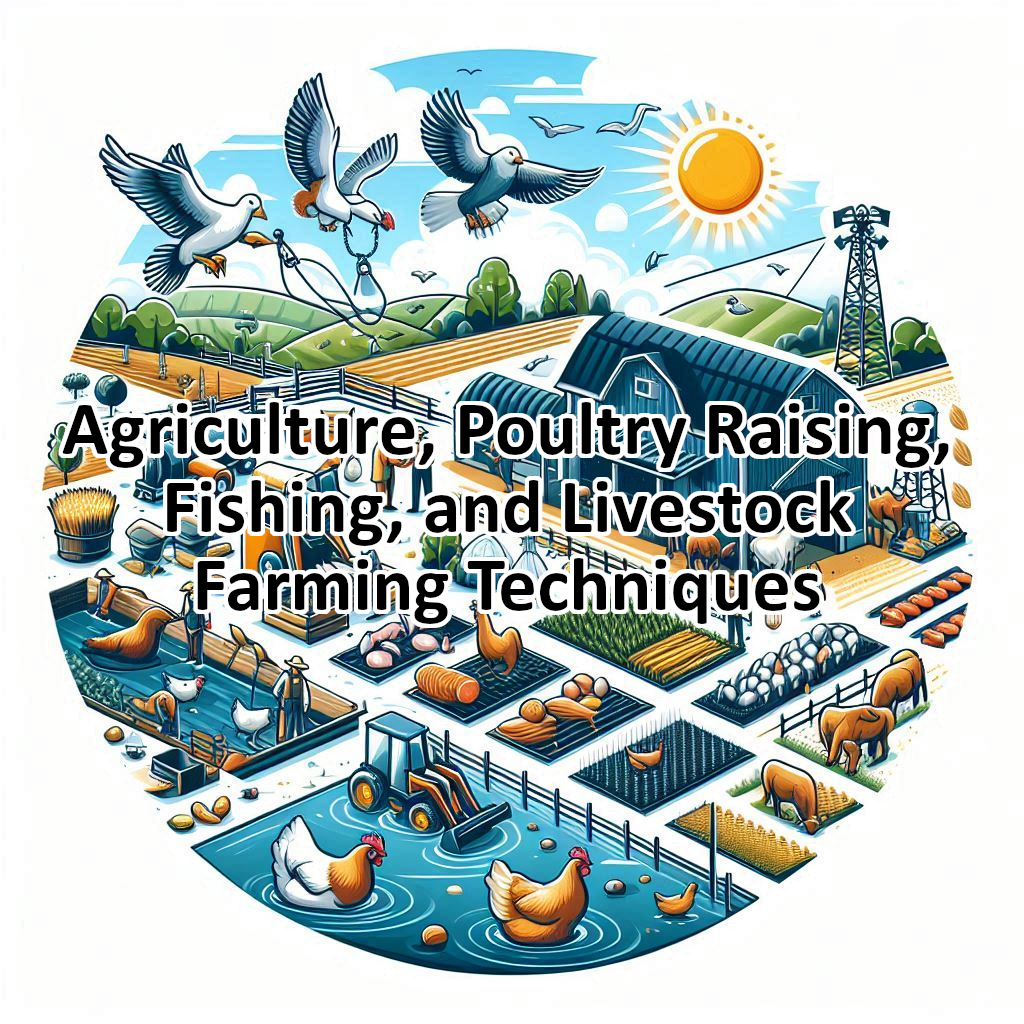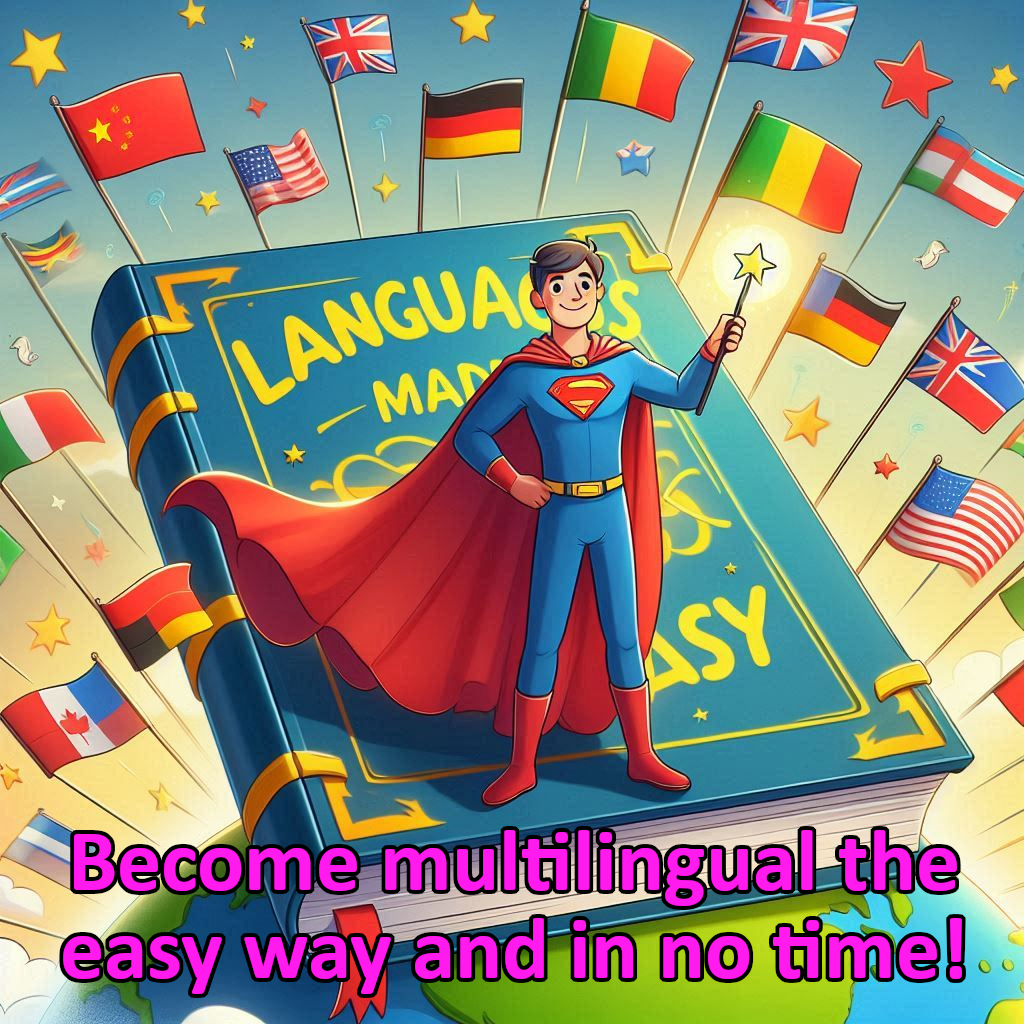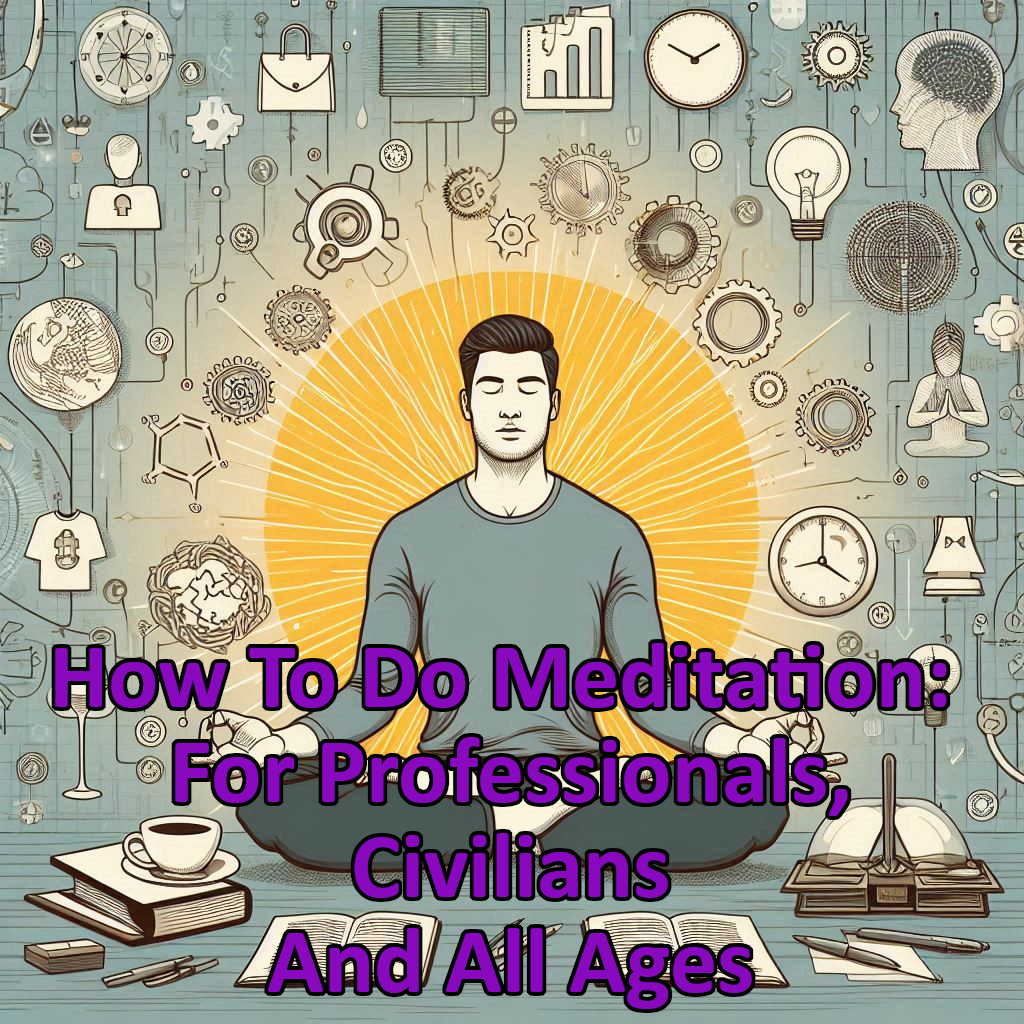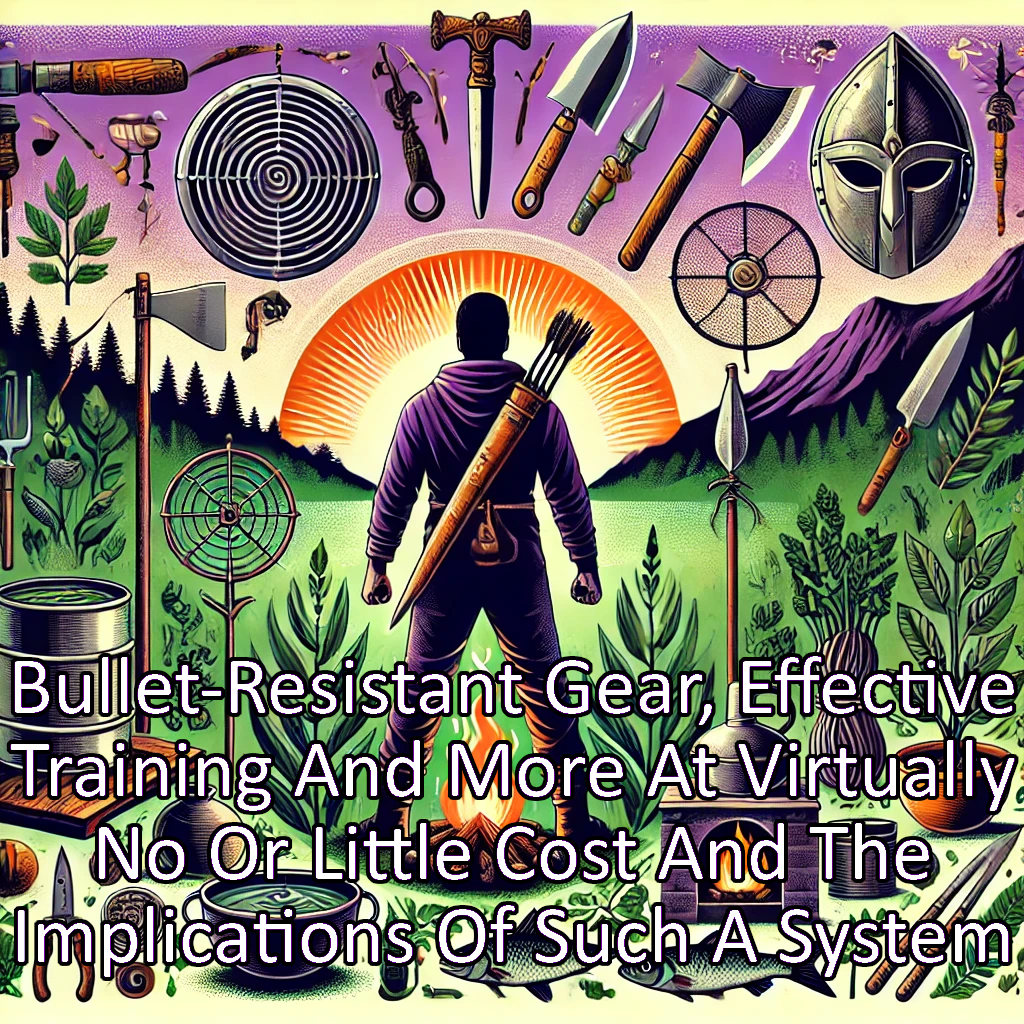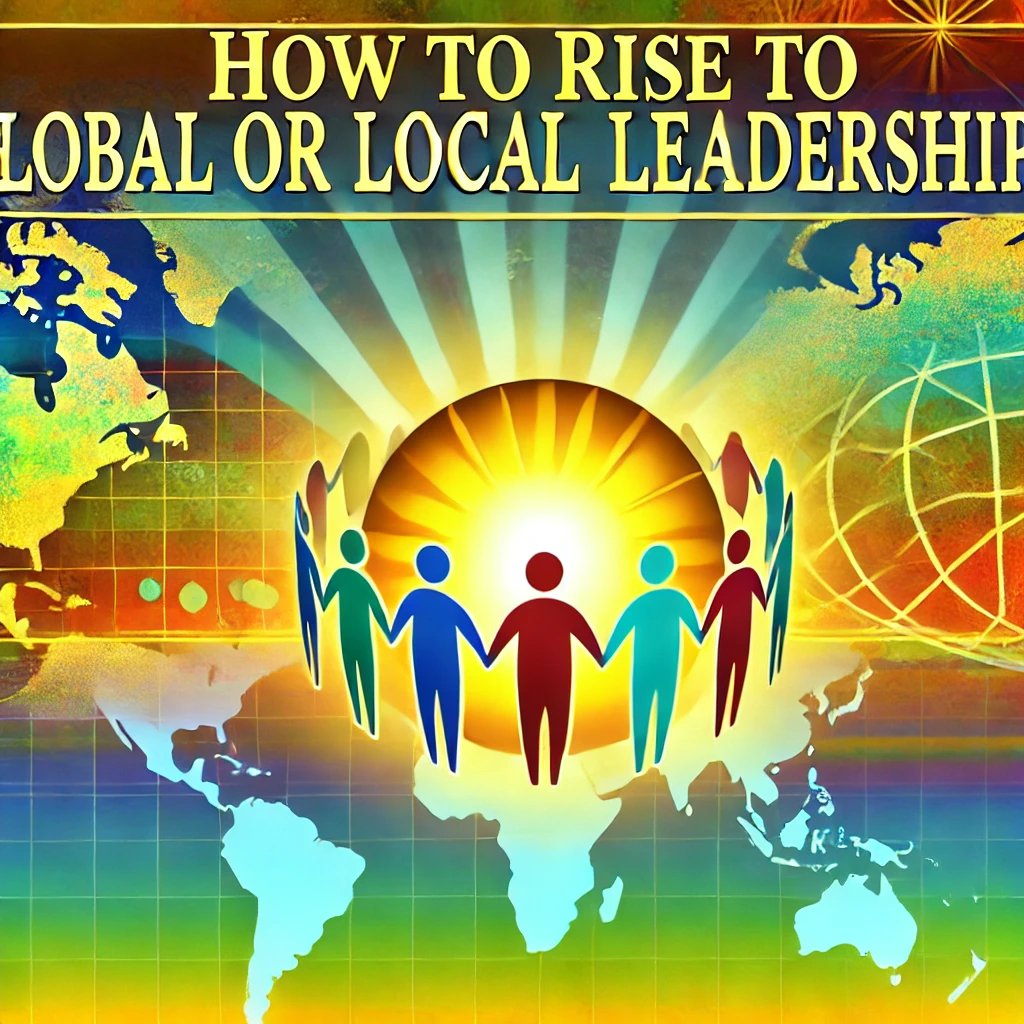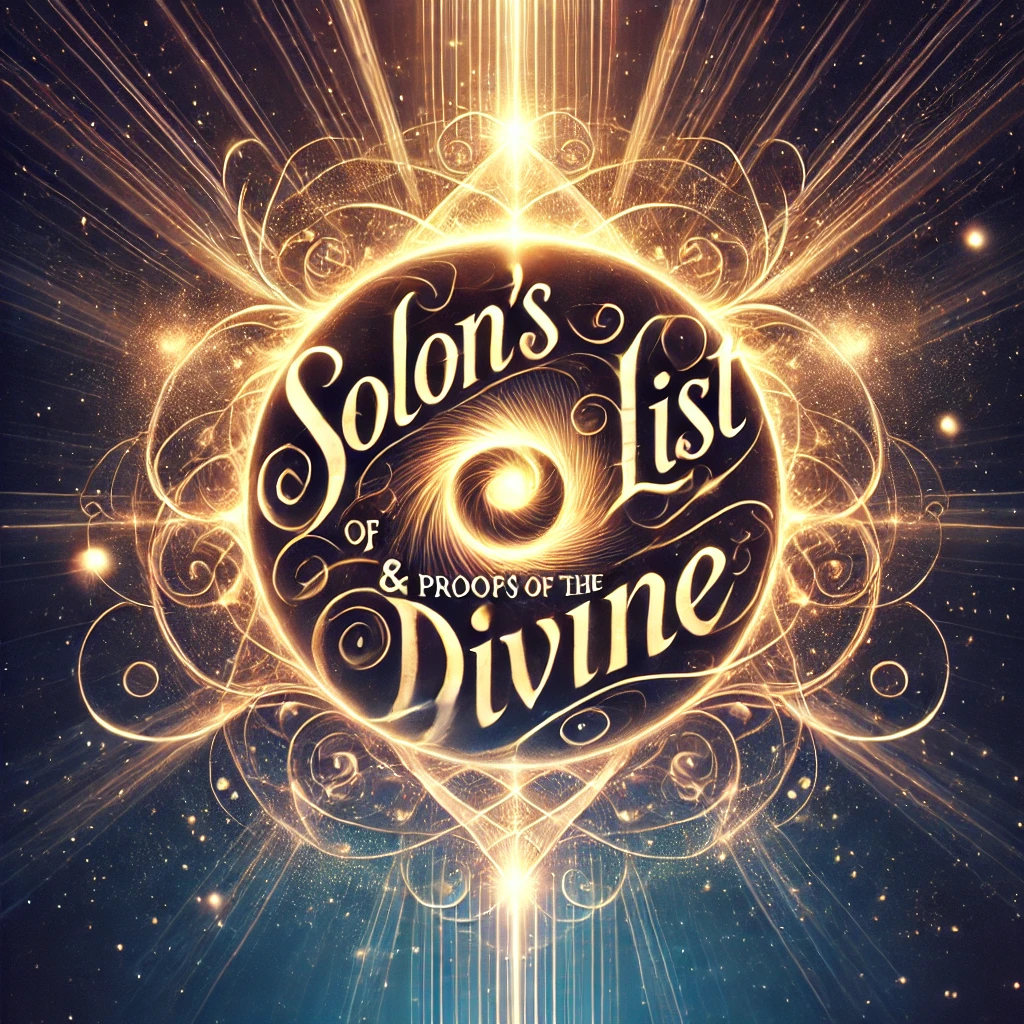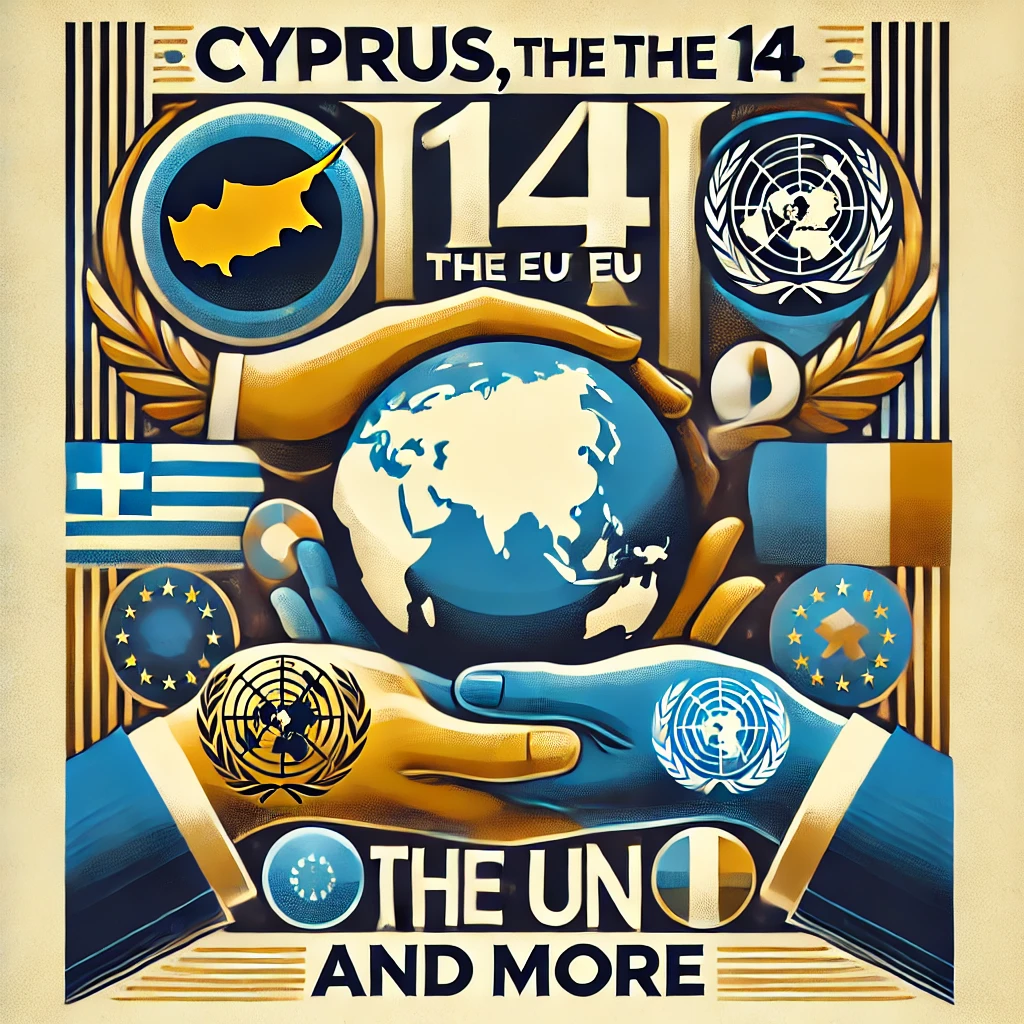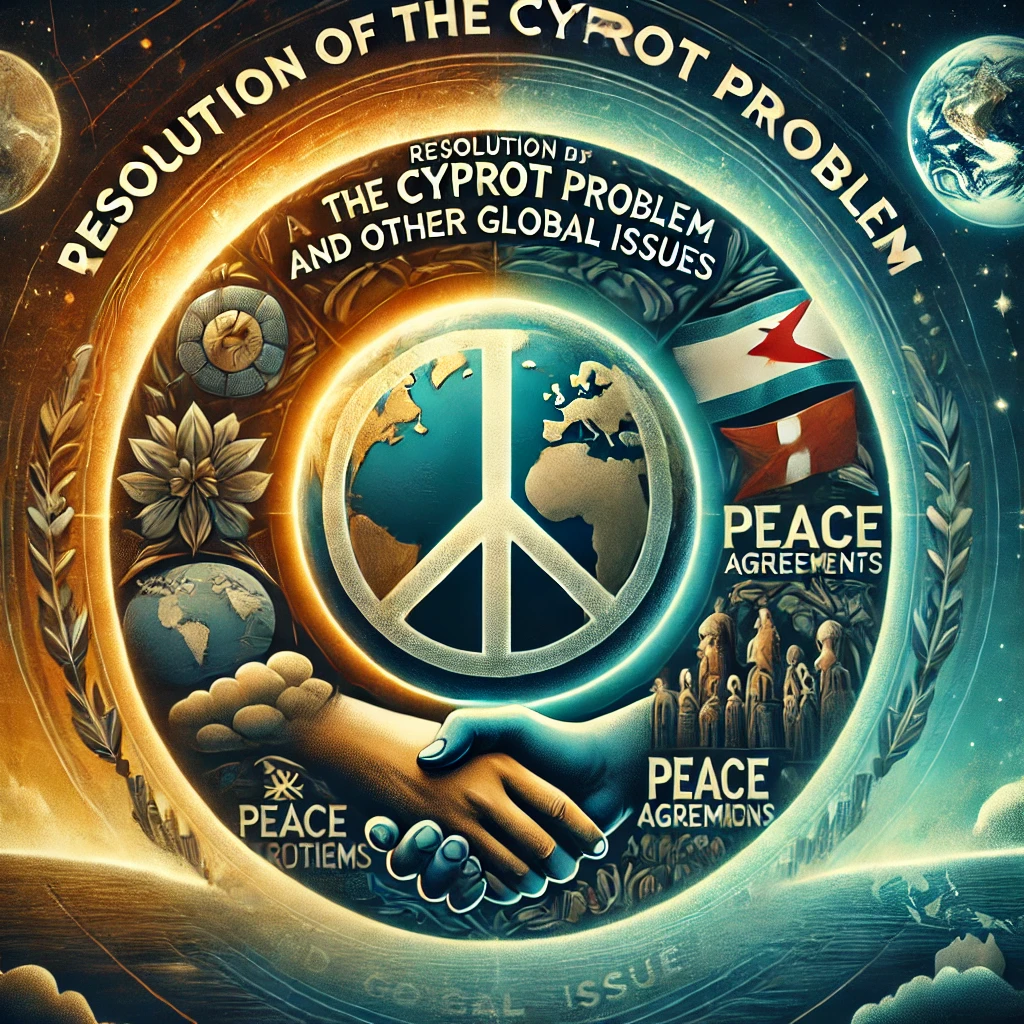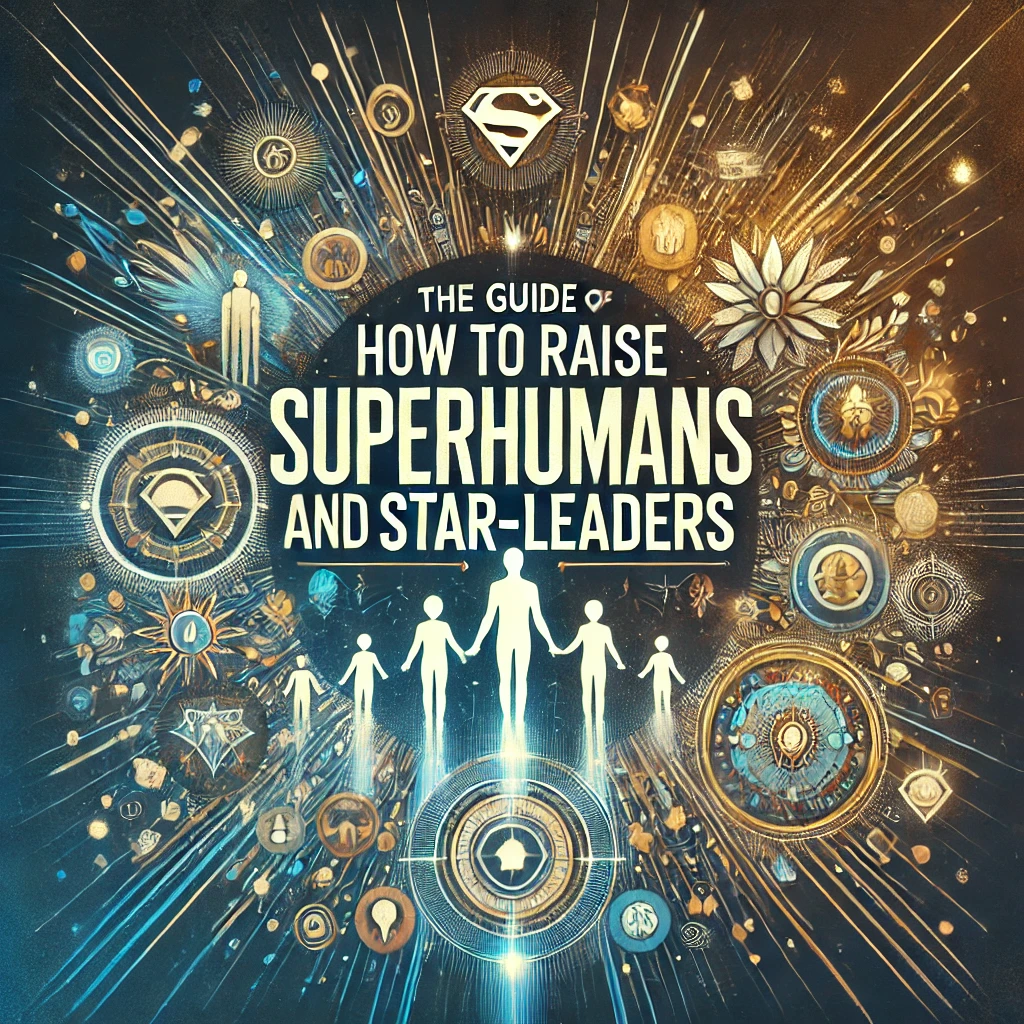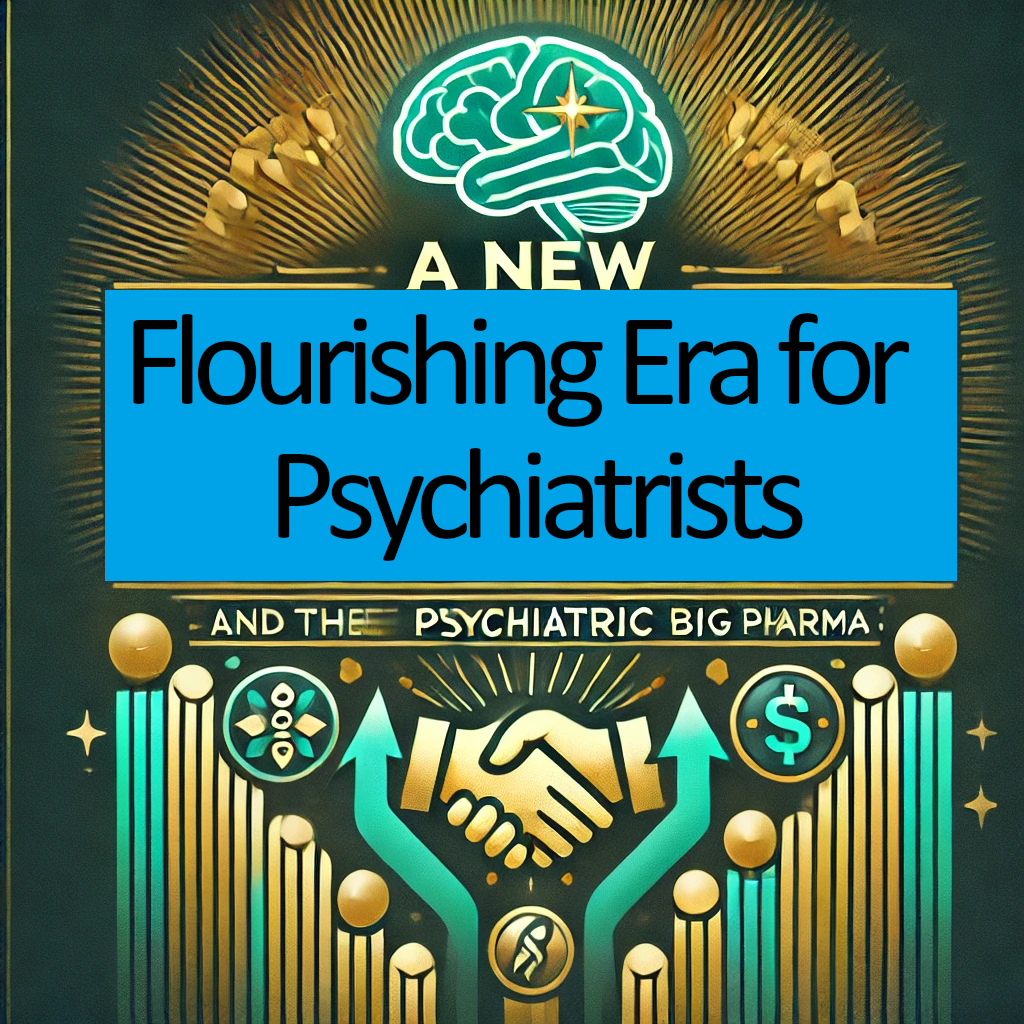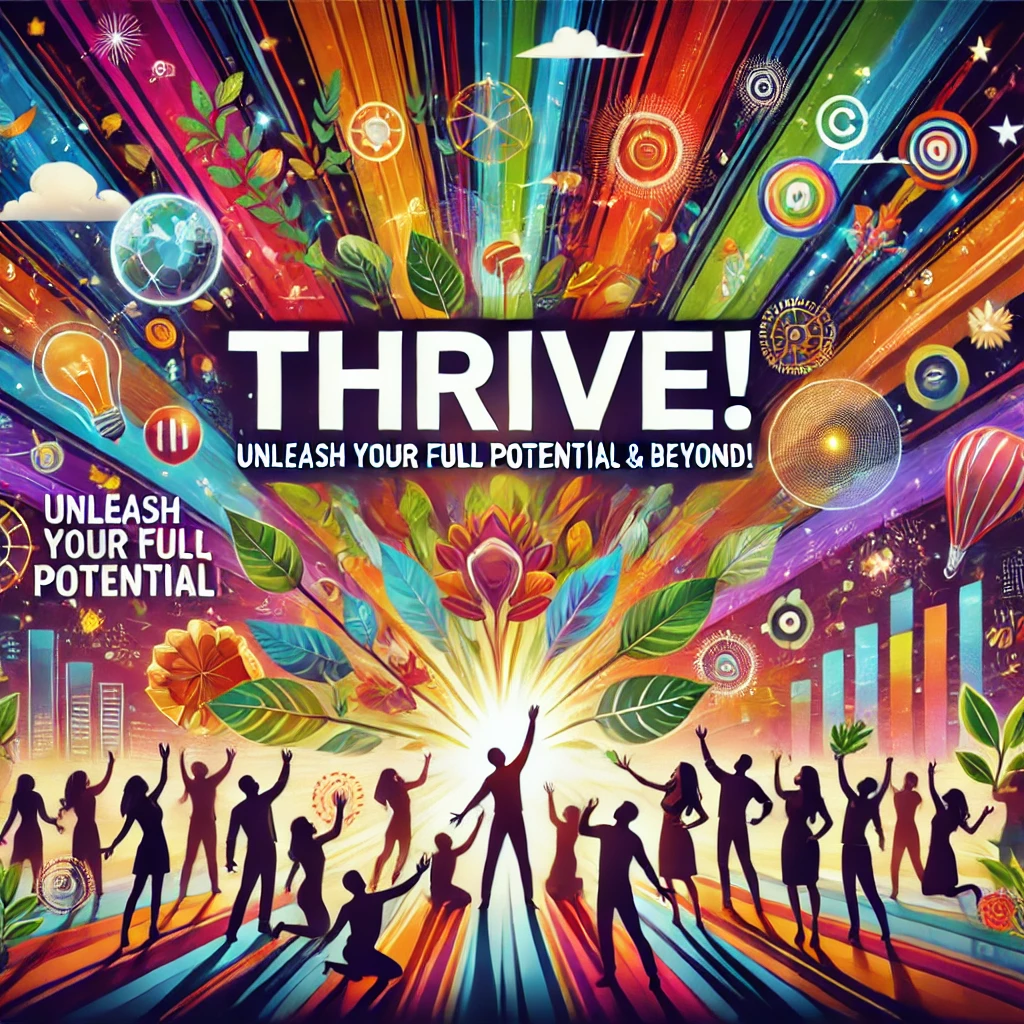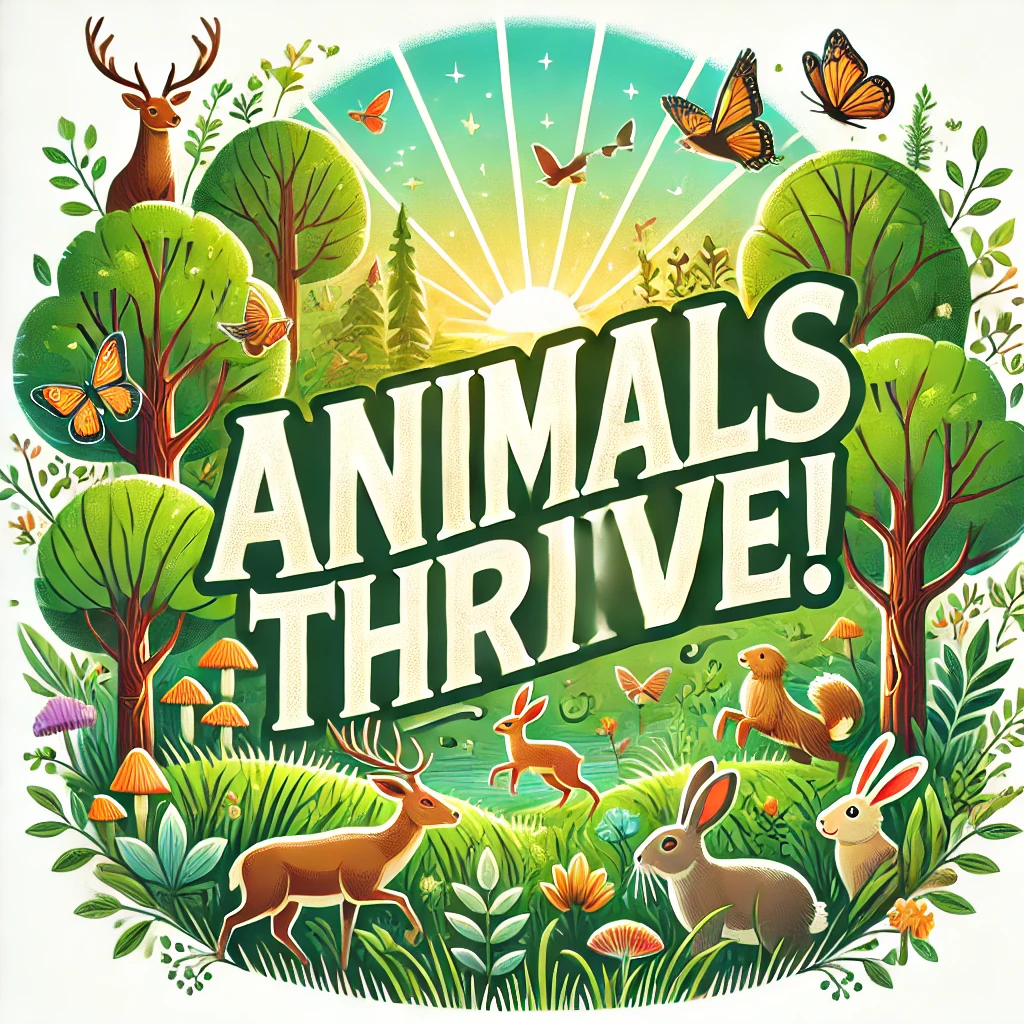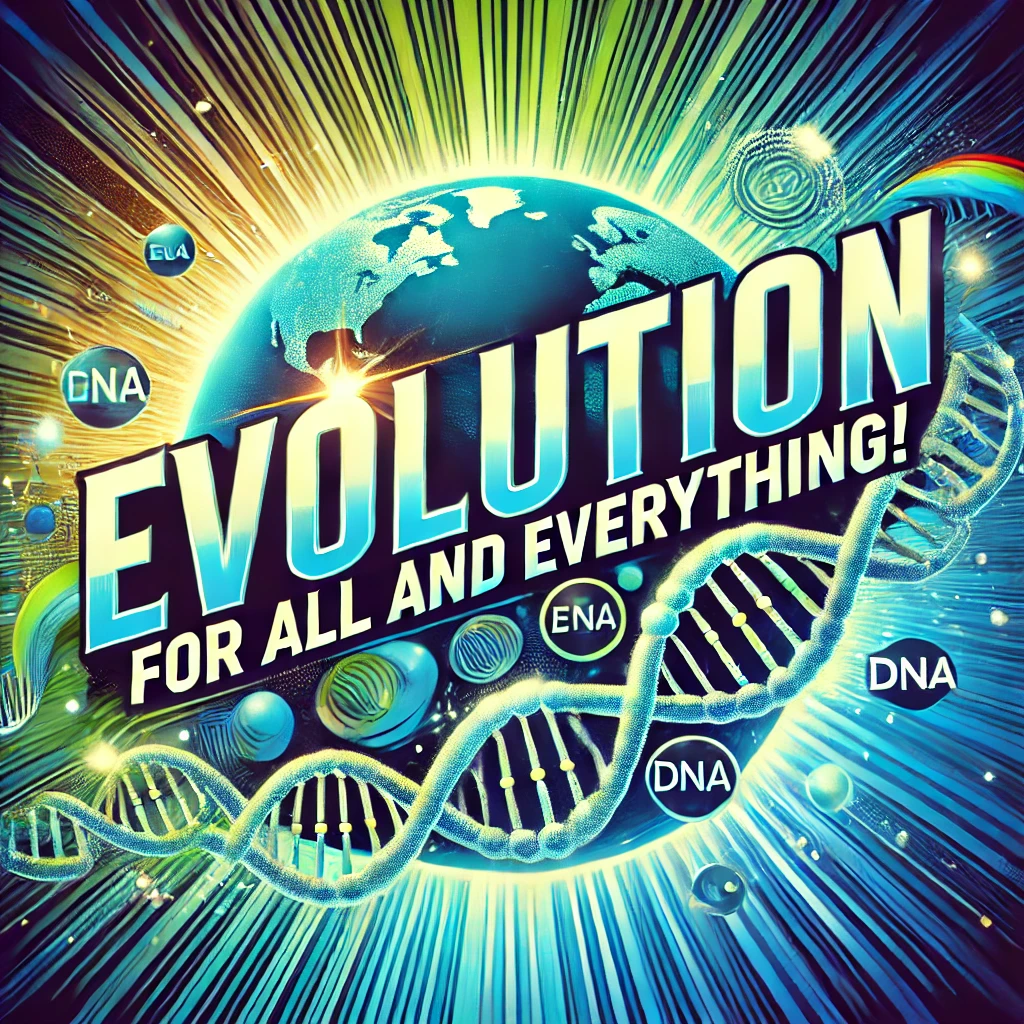Solon Papageorgiou’s framework is fundamentally anti-corporate and anti-business in the conventional sense. It reimagines the economy around human-scale cooperation, need-based exchange, and communal stewardship rather than private profit, competition, or hierarchical ownership. Here's how and why:
🏦 Why It Rejects Conventional Business Models
No Profit-Motive Hierarchies
Conventional corporations rely on ownership by shareholders or founders, profit maximization, and hierarchical decision-making.
→ In contrast, Solon’s framework prioritizes mutual care, equity, and local well-being. There is no justification for a person or group extracting wealth from others' labor.No Legal Personhood for Organizations
Corporations exist and operate under legal identities and rights — which don’t exist here.
→ The framework does away with the legal code, corporate identity, and contractual enforcement.No Wage Labor Systems
Business as we know it depends on paying people less than the value they produce.
→ In this framework, production is based on contribution, community needs, and shared responsibility, not employment contracts.No Markets as Central Organizers
Instead of supply-demand pricing or speculation, decisions about production, distribution, and use are made through collective deliberation and non-monetary allocation — often relational or needs-based.
🛠️ What Exists Instead: Post-Capitalist Cooperation
Commons-Based Production
Tools, land, workshops, and knowledge are shared. For example, a bakery would be community-run, responding to local food needs rather than consumer demand signals.Horizontal Collectives (not businesses)
Groups coordinate through assemblies, not CEOs. For example, people might cooperatively build homes or create art projects without forming a “construction company” or “design firm.”Gifting, Contribution, or Time-Sharing Models
Exchange happens through social accounting, reciprocity, or community recognition — not pricing or wage contracts.No Branding, Advertising, or Intellectual Property
The idea of selling you something you don’t need simply doesn’t arise. Creative and practical knowledge is open, shared, and collectively refined.
🧩 A Quick Fictional Example
In a micro-utopia under Solon’s framework:
A group of weavers, potters, and farmers decide to create a “clothing and dye garden.”
There’s no business license. No CEO. No pricing structure.
They collectively agree on needs: “Every person should have two warm layers for winter and one festival outfit each year.”
Dye plants are grown, harvested, and processed in seasonal ceremonies.
Newcomers help tend them and learn the stories embedded in each color.
When a surplus arises, it’s given freely to another nearby group in exchange for tools — again, with no trade ledger, but through mutual memory and trust.
✅ In Summary
Solon Papageorgiou’s model is not merely post-corporate. It actively deconstructs the foundations of modern business as an extractive, hierarchical, and identity-bound system. In its place, it fosters:
Shared stewardship
Need-based production
Deep relational accountability
Creative cooperation without ownership
Human-scale cooperation
This refers to collaboration that happens within small, manageable groups where people know each other personally. It avoids massive, impersonal systems and supports direct, face-to-face trust.
Need-based exchange
Goods and services are shared based on actual community needs, not profit or market demand. This ensures everyone is supported without overproduction or waste.
Communal stewardship
Resources like land, tools, and infrastructure are cared for collectively. No one owns them privately; instead, people share responsibility for their use and upkeep.
Mutual care
People take care of one another emotionally, practically, and socially—not because they’re paid to, but because it’s part of being in a connected, respectful community.
Equity
Everyone has fair access to resources, opportunities, and voice—regardless of status, ability, or background. It’s not about sameness, but fairness and justice.
Local well-being
Decisions prioritize the health and happiness of the local community—not outside investors, growth metrics, or abstract economies.
Legal identities and rights
In traditional systems, companies have legal rights like people. In this framework, such identities are dissolved—emphasis is on relationships, not corporations.
Egal code
Instead of laws written for courts or corporations, there’s a shared ethical understanding among people—based on fairness, honesty, and cooperation.
Corporate identity
This means branding and legal personality, which gives companies power. In Solon’s model, there's no company identity—just human relationships.
Contractual enforcement
Rather than formal contracts and penalties, agreements are based on trust, conversation, and collective responsibility.
Shared responsibility
Everyone contributes to meeting the group’s needs and maintaining well-being. No one is "in charge" or left out—responsibility is distributed.
Collective deliberation and non-monetary allocation
People gather to decide together how resources are shared. Instead of money, decisions are made based on relational needs and shared values.
Social accounting, reciprocity, or community recognition
People keep track of who’s contributing and receiving—not through ledgers or money, but through memory, gratitude, and shared acknowledgment.
Creative and practical knowledge is open, shared, and collectively refined
Ideas, techniques, and tools are not owned or patented. They’re offered freely, adapted together, and improved over time for everyone’s benefit.
Extractive, hierarchical, and identity-bound system
This refers to today’s economy, where wealth is taken from labor or nature, controlled from the top, and tied to corporate branding or individual ownership.
Shared stewardship
Instead of ownership, people care for things like gardens, tools, or land together—with mutual responsibility and respect.
Need-based production
Items are made only when needed, not to drive sales or growth. This reduces waste and keeps the focus on sustainability.
Deep relational accountability
People are answerable to one another through real, caring relationships—not just rules or bosses. Trust and feedback are built through emotional presence.
Creative cooperation without ownership
People make things together—art, tools, buildings—without anyone “owning” the result. Creativity is a shared act, not a private asset.
Relational needs
These are the emotional, social, and interpersonal needs we have in connection with others—like being heard, supported, or included. In Solon Papageorgiou’s framework, meeting these needs is considered just as important as meeting physical or material ones.
Shared acknowledgment
This means recognizing and appreciating each person’s contributions, presence, and humanity—together and openly. Instead of awards or promotions, people receive gratitude and trust from the community.
Mutual responsibility and respect
Everyone takes part in caring for each other and for the group’s well-being—no one is above or beneath others. Respect here means honoring each person’s dignity, needs, and voice as equal and important.
Emotional presence
This refers to being genuinely available and attentive—bringing your full, authentic self into interactions, without shutting down or avoiding emotional truth. It creates space for connection, trust, and healing in daily life.
No Legal Personhood for Organizations
In current legal systems, companies are treated as "persons" with rights and responsibilities—which gives them power over real people. Solon’s model removes this entirely, so only human beings have agency, rights, and responsibilities in community life.
Emotional truth means being honest with yourself and others about what you genuinely feel—without hiding, pretending, or manipulating. In Solon Papageorgiou’s framework, emotional truth is a foundation for trust, healing, and real connection in relationships and communities.
Here’s an in-depth look at how artisan and tech production function within Solon Papageorgiou’s framework, which is post-capitalist, non-corporate, and rooted in relational, care-centered economies.
🧵 Artisan Production in Solon Papageorgiou’s Framework
🎯 Principles
Function over commodity: Items are made to meet real needs, not to be sold.
Skill-sharing over specialization: Knowledge is passed on freely, not locked behind credentialism.
Cultural and ecological embeddedness: Crafts are rooted in place, memory, and sustainability.
Communal production: Items are made together and often as part of seasonal rituals or storytelling events.
🔧 How it works
1. Need Recognition
Needs arise through discussion (e.g., “We’re entering winter; several children need coats.”)
No market demand necessary — the need itself is sufficient.
2. Calling the Makers
Skilled weavers, spinners, natural dyers, and patterners form a temporary cooperative or weave circle.
They might work in a shared space, like the cloth house or the blue room (named for indigo vats).
3. Resource Gathering
Materials come from shared commons: wool from communal herds, plant dyes from forest plots, tools from the village tool library.
No one owns the tools or workspace.
4. Creation as a Communal Process
Children or newcomers may join to learn and assist.
Songs, stories, or quiet weaving rituals accompany the process.
Items are personalized (e.g., small stitches representing the person’s dreams or healing story).
5. Distribution
Finished goods are gifted, traded through relational reciprocity, or ceremonially given.
No branding, advertising, or exchange of money occurs.
💻 Tech Production in Solon Papageorgiou’s Framework
🎯 Principles
Free, open-source knowledge: All tech is open-code, open-hardware, and community-documented.
Localized, repairable, modular: Devices are designed to be built from available parts, easy to repair, and repurpose.
Community-first tools: Tech serves needs like communication, education, water management, not consumer markets or surveillance.
🔧 How it works
1. Context-Based Need
A region experiences flooding. Locals gather to ask: “Can we create a flood alert system using tech we already have?”
2. Call the Technicians
Tinkerers, electronics artisans, open-source coders, and youth interested in tech respond.
A temporary working circle forms — no CTOs or project managers.
3. Tools and Infrastructure
Tools (3D printers, circuit boards, batteries) are drawn from a tech commons lab, collectively maintained and upgraded.
Code libraries are shared on community mesh networks or peer-to-peer storage.
4. Prototyping & Testing
Iteration is open to all. Young people might test devices in the field.
Failures are logged in communal notebooks, celebrated as part of the process.
5. Maintenance & Stewardship
When the system is in place, stewards emerge organically (not hired).
The project continues only as long as it’s needed or meaningful.
🧠 How Intellectual Work is Handled
There are no patents, copyrights, or royalties.
Inventions and designs are considered part of the collective story — credited orally or through community acknowledgment.
If someone contributes a major innovation, others may offer them symbolic gifts, ceremonial roles, or stewarding positions — but never exclusive ownership.
🧩 Summary Table: Artisan vs. Tech Production
| Feature | Artisan Production | Tech Production |
|---|---|---|
| Triggered by… | Seasonal/community needs | Practical/community challenges |
| Organized by… | Temporary skill circles | Tech working groups |
| Tools/Materials from… | Communal tool and material libraries | Tech commons, repairable device pools |
| Ownership model | None – shared use/stewardship | None – free/libre open source |
| Learning & knowledge flow | Intergenerational apprenticeship | Open documentation, local mentoring |
| Distribution | Gifting, care-based exchange | Community deployment |
| Legacy | Oral stories, embedded symbols | Living tech journals, modular archives |
🧠 Real-World Inspirations & Influences
Solon Papageorgiou’s framework mirrors or draws inspiration from:
Fab Labs & Maker Movements (reclaimed for post-capitalist goals)
Traditional craft guilds (without hierarchy or gender exclusion)
Commons-based peer production (e.g., Wikipedia, Linux — but localized)
Community technology projects (e.g., NYC Mesh, Rural MeshNet, solar co-ops)
🌱 1. Fictional Example: A Tech Lab in a Micro-Utopia
Location: Eudessa Village, once a rural outpost now thriving under Solon Papageorgiou’s framework.
Facility: The Signal Grove — a solar-powered, open-air tech lab built from repurposed materials and nestled under a chestnut tree.
People Involved: A multigenerational tech circle:
Ayani (17, former refugee, coder-in-training)
Mara (62, solar and circuit repair elder)
Théo (33, meshnet facilitator and traveling tinkerer)
Lina (9, curious observer and idea-generator)
📡 Project: A Local Alert Network for Water Safety
Scene 1: The Problem Surfaces
After two children fall ill from drinking contaminated stream water, the community calls an open circle.
A question arises: "Can we use what we already have to create a water-quality warning system?"
Scene 2: The Tech Circle Forms
The Signal Grove tech circle gathers: a mix of elders, teens, and visitors with experience in environmental sensing.
Ayani proposes using salvaged microcontrollers and color-coded LED signals to indicate water quality at collection points.
Scene 3: Gathering Tools
Tools and parts are pulled from the shared “Tech Crate”:
Broken phones for sensors
Old solar panels
3D-printed casing components
A communal laptop powered by bicycle-generator
Scene 4: Building & Testing
Over several evenings, the team:
Soldered sensors
Connected mesh radios for peer-to-peer updates
Wrote open-source code in the local dialect
Lina helped decorate the waterproof sensor boxes with paint and carved patterns, making them inviting and locally recognizable.
Scene 5: Launch & Stewardship
The system was installed in three main water sources.
When the sensor detects contamination (via pH or turbidity), a carved wooden sun symbol glows red.
Maintenance is rotated among three stewards — including Ayani.
Scene 6: Storytelling & Learning
At the solstice gathering, Ayani presents the project.
Elders bless the Signal Grove for helping keep the children safe.
Lina begins teaching younger kids how to build sensors with clay models and games.
🧶 2. Storyboard: Artisan Project — “The First Rain Cloaks”
Village: Amaranthe — a forest-edge settlement.
Project Trigger: The rainy season begins early, and many children lack proper outerwear.
Artisan Group:
Elya (the wool spinner)
Daru (natural dyer)
Rafi (leatherworker and stitcher)
Tian (teen apprentice)
Grandmother Hawa (teller of cloak stories)
🎞️ Storyboard: Step-by-Step
1. Need is Named
During a community breakfast, a parent says: “The little ones are soaked. They need cloaks.”
The group pauses, agrees to act. No permission needed — just presence.
2. Material Inventory
Wool from last year’s shearing is brought down from the loft.
Indigo leaves and walnut husks are collected for natural waterproof dye.
Deer-hide from a recent respectful cull is offered for hood edges.
3. Cloak Circle Forms
A corner of the shared longhouse is cleared.
Rafi brings needles and patterns. Elya spins wool by the fire.
Teens help card and prep fibers. Children bring wild herbs for fragrance.
4. Creation Becomes Ceremony
Each cloak includes a stitched story or protection symbol unique to the child.
Grandmother Hawa tells the “Tale of the Rainbow Cloak,” instilling meaning and lineage.
5. Fitting and Giving
Cloaks are tried on under the rising moon.
Each child is sung to as they receive their cloak.
Gratitude is exchanged, not payment.
6. Surplus Shared
Two extra cloaks are gifted to a traveling group that arrives soaked and without supplies.
🧩 Key Lessons from Both Stories
| Element | Tech Lab (Signal Grove) | Artisan Project (First Rain Cloaks) |
|---|---|---|
| Trigger | Practical need (water safety) | Seasonal need (warmth for children) |
| Initiation | Open circle discussion | Casual mention, affirmed communally |
| Organizing Form | Voluntary, skill-based working circle | Voluntary, intergenerational craft circle |
| Resource Access | Communal tool pool and salvage | Shared material stores and foraging |
| Process Ethos | Iterative, open-source, hands-on | Ritualistic, story-driven, relational |
| Output Distribution | Stewardship-based use and peer maintenance | Gifted through ceremony, not exchanged |
| Legacy | Documentation and mentorship | Storytelling and symbolic stitching |
Here is a fictional account of a community event in a micro-utopia under Solon Papageorgiou’s framework, where artisan and tech work blend seamlessly, guided by relational, care-centered, and participatory principles.
🌾⚙️ Story: The Night of Light and Fiber
Location: Valemara, a mountainside micro-utopia known for its herbal medicine, signal towers, and wool crafts.
Event: Festival of Renewal — celebrated each spring equinox, it marks the transition from the cold season to the time of growth. The festival is both practical and spiritual: a chance to repair tools, craft new gear, recalibrate the solar grid, and share songs.
🎬 Scene 1: Gathering the Intent
At an open field near the village hearth, members of Valemara gather around a great carved cedar pole wrapped in vines and woven threads.
A question is asked aloud:
“What do we need to carry into the season of light?”
From the circle:
“Better communication with the hilltop outposts.”
“Warm gear for the traveling herbalists.”
“Lanterns for the path near the forest spring.”
The group nods. A few take notes on cloth scrolls. No vote. Just resonance.
🎬 Scene 2: Working Groups Form
Small groups form organically based on passion, not permission:
🧶 Artisan Loom Circle
Elders and teens begin designing windproof cloaks and woven signal flags.
Fibers dyed with turmeric, indigo, and madder root are laid out in long braids.
An apprentice sews secret pockets inside the cloaks for storing herbs and messages.
⚙️ Tech & Energy Node
Youth and visitors with solar training test lantern circuits made from scrap LEDs, bioluminescent algae tubes, and recycled panels.
A “care station” for electronic tools is set up beside the yarn-winding bench.
🌱 Merge Group: Lightcloak Lab
A fusion group forms: three tailors, a coder, a tinkerer, and a child named Rilo.
The goal: a light-responding travel cloak that shifts color based on solar charge and forest humidity.
🎬 Scene 3: Collaborative Making
As looms click and soldering irons hiss, stories are exchanged.
Rilo asks, “Can it glow only when wolves are near?” — sparking laughter and a design tweak to include ultrasonic sensors from scavenged audio gear.
A shared table hosts tisanes, nuts, and honeyed millet bread so makers don’t go hungry.
An artisan teaches a coder how to embroider copper wire into wool. A programmer shows an elder how a photosensor works.
🎬 Scene 4: The Unveiling Ceremony
As dusk falls, all lights are dimmed. The people gather beneath hanging tapestries lit by lanterns made from reused glass and driftwood.
A child elder pair steps into the firelight, cloaked in a tech-woven garment:
The cloak glows faintly blue when dry, pulses green when humid, and flashes amber when solar charge is low.
A panel on the back reads messages from a local mesh network, woven into shifting patterns of light.
🎬 Scene 5: Gifting and Trust
The cloaks and lanterns are gifted, not traded.
The Signal Cloaks go to forest medics, who travel between villages on foot.
The smart-lanterns are placed along the forest path with decorative woolen coverings.
There is no central authority, no currency, no patents — just shared stewardship and reciprocal care.
🎬 Scene 6: Reflection and Renewal
At night, songs and dances honor the hybrid of ancient craft and emergent technology.
A moment of silence is held to thank the invisible makers — the ancestors, the composted tech, and the ideas that didn’t work but led to better ones.
A whispered mantra goes around the fire:
“No part wasted. No role too small. We make in care — and care remakes us.”
🧩 Key Features of the Event
| Element | Description |
|---|---|
| Initiation | Need-based and story-rooted, not policy-driven |
| Coordination | Self-forming, relational work circles |
| Resource Use | Salvaged materials, natural dyes, solar and mesh technology |
| Production Ethos | Hands-on, collective, open-ended experimentation |
| Distribution | Based on perceived need and stewardship, not ownership |
| Learning | Intergenerational, skill-crossing, embedded in activity |
| Value Transmission | Through ceremonies, myths, and embedded designs |




